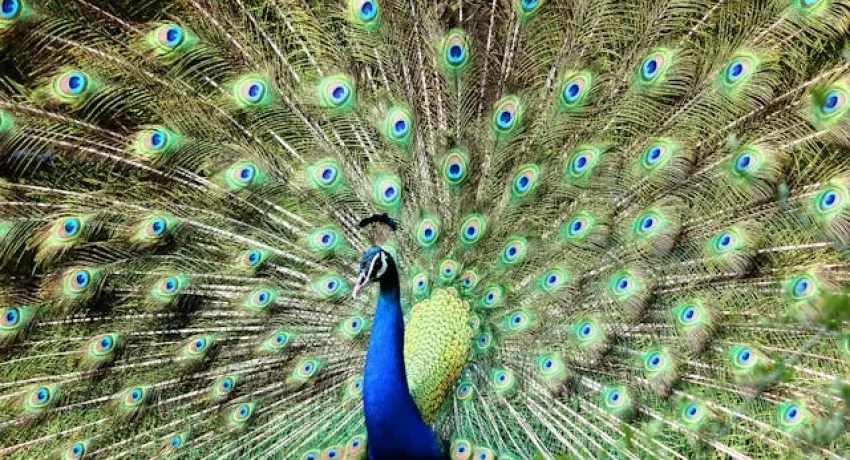MAJESTIC SPLENDOR OF THE REGAL PEACOCK BRID
Peafowl, commonly known as peacocks, are among the most striking and culturally significant birds in the world. Their vibrant plumage, intricate courtship displays, and unique behaviors have fascinated humans for centuries. This comprehensive article delves into the various aspects of peafowl, including their types, habitats, diet, breeding habits, and more.
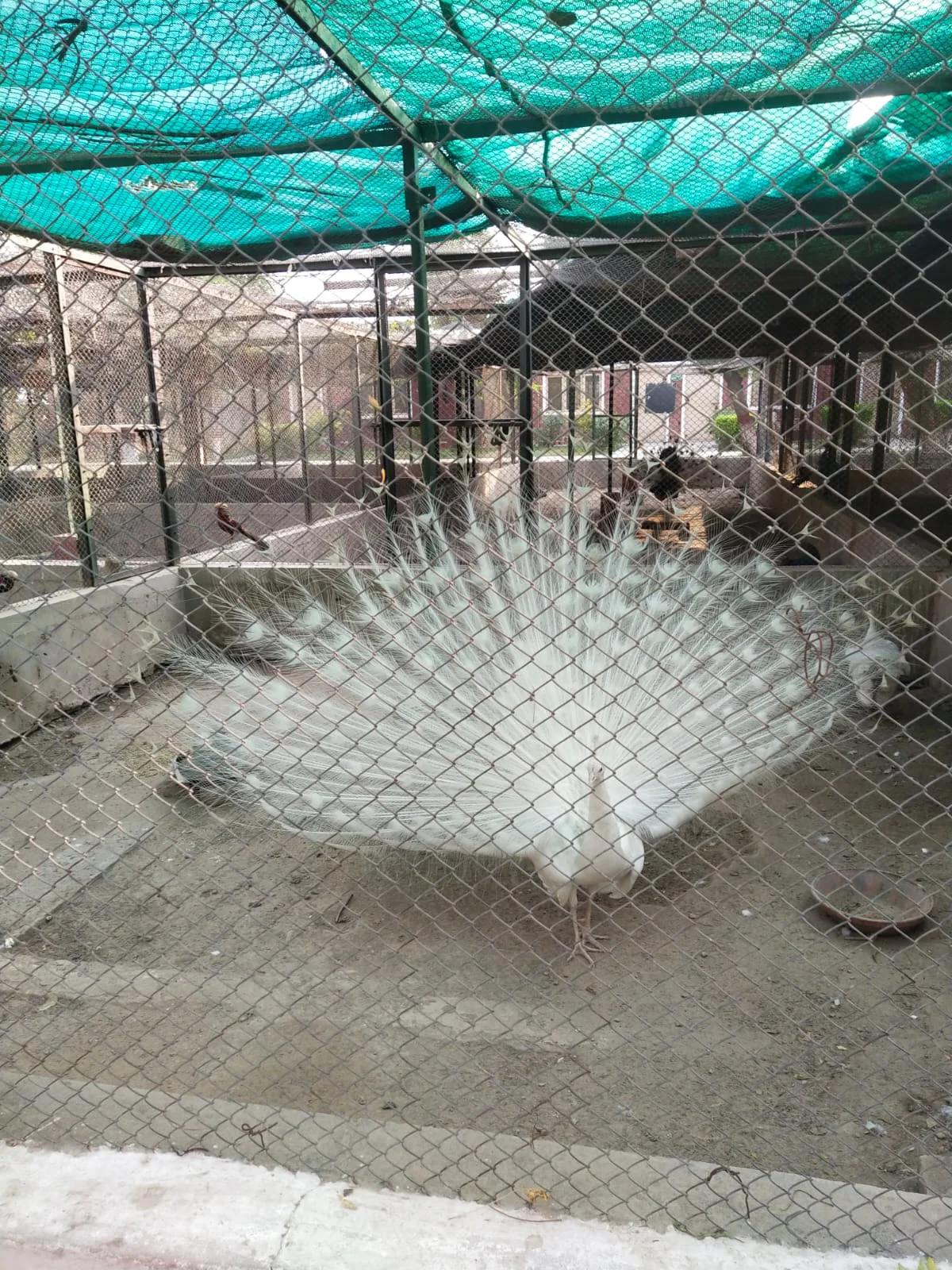
Peacock Bird: Types, Habitats, Diet, Breeding, and More
Types of Peafowl
There are three primary species of peafowl:
- Indian Peafowl (Pavo cristatus): Native to the Indian subcontinent, this species is the most well-known and is often simply referred to as the peacock. The male boasts a spectacular iridescent tail adorned with eye-like patterns.
- Green Peafowl (Pavo muticus): Indigenous to Southeast Asia, including Myanmar and Java, the green peafowl is distinguished by its rich green and gold plumage. Males have a shorter train compared to the Indian peafowl but are equally striking.
- Congo Peafowl (Afropavo congensis): Endemic to the forests of the Democratic Republic of the Congo, this species is less known and has a more subdued appearance, with a dark plumage and a unique crest.
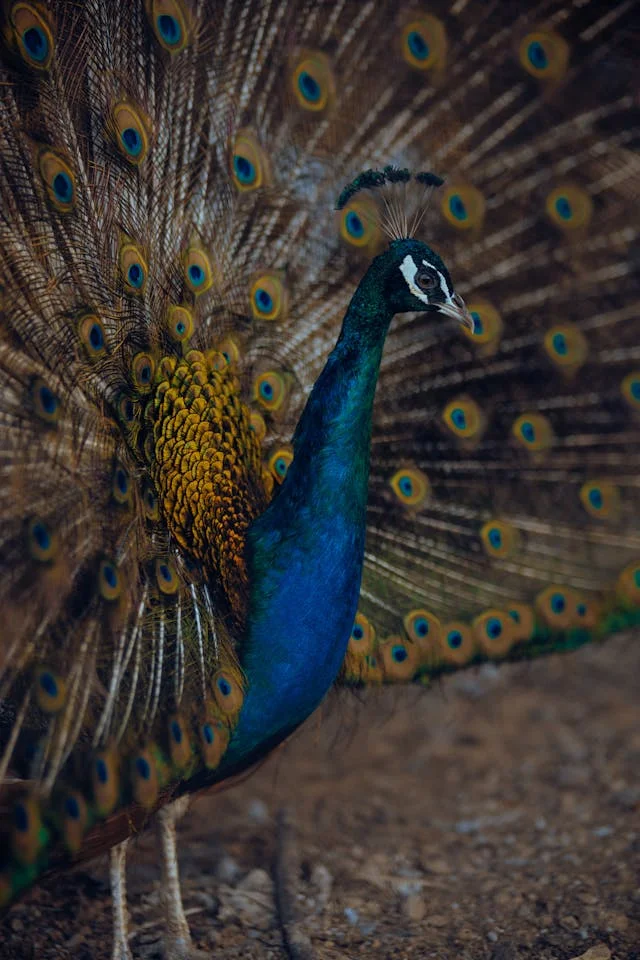
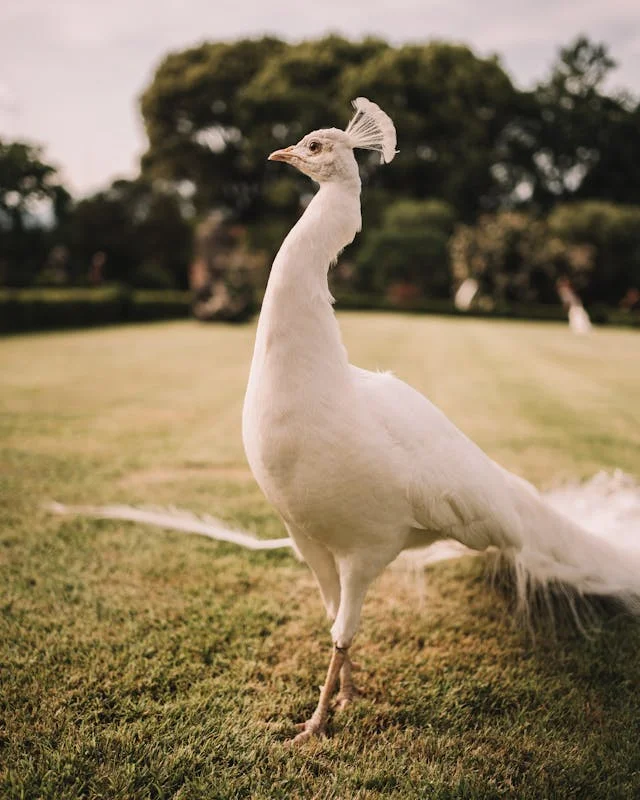
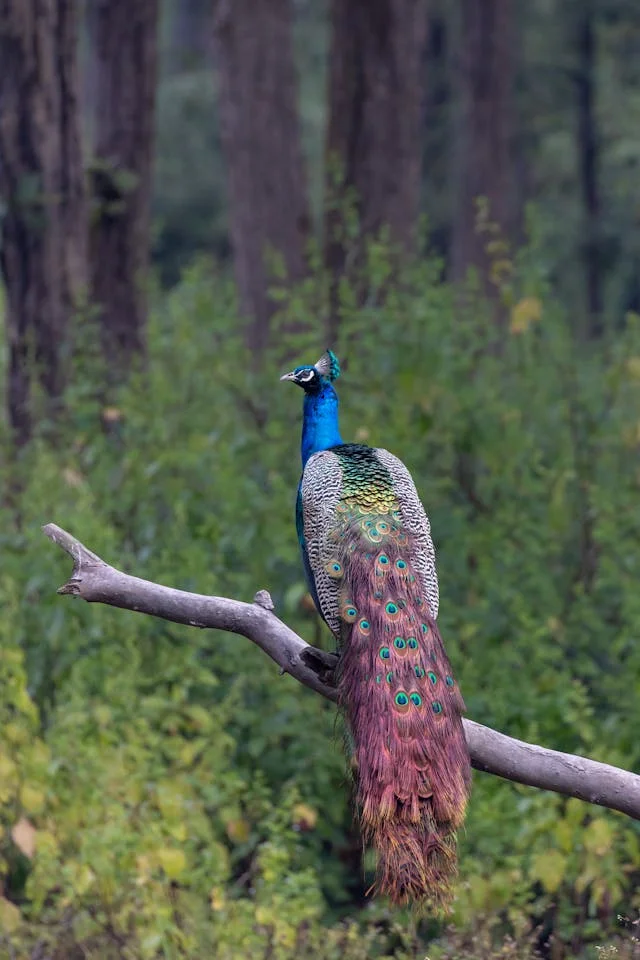
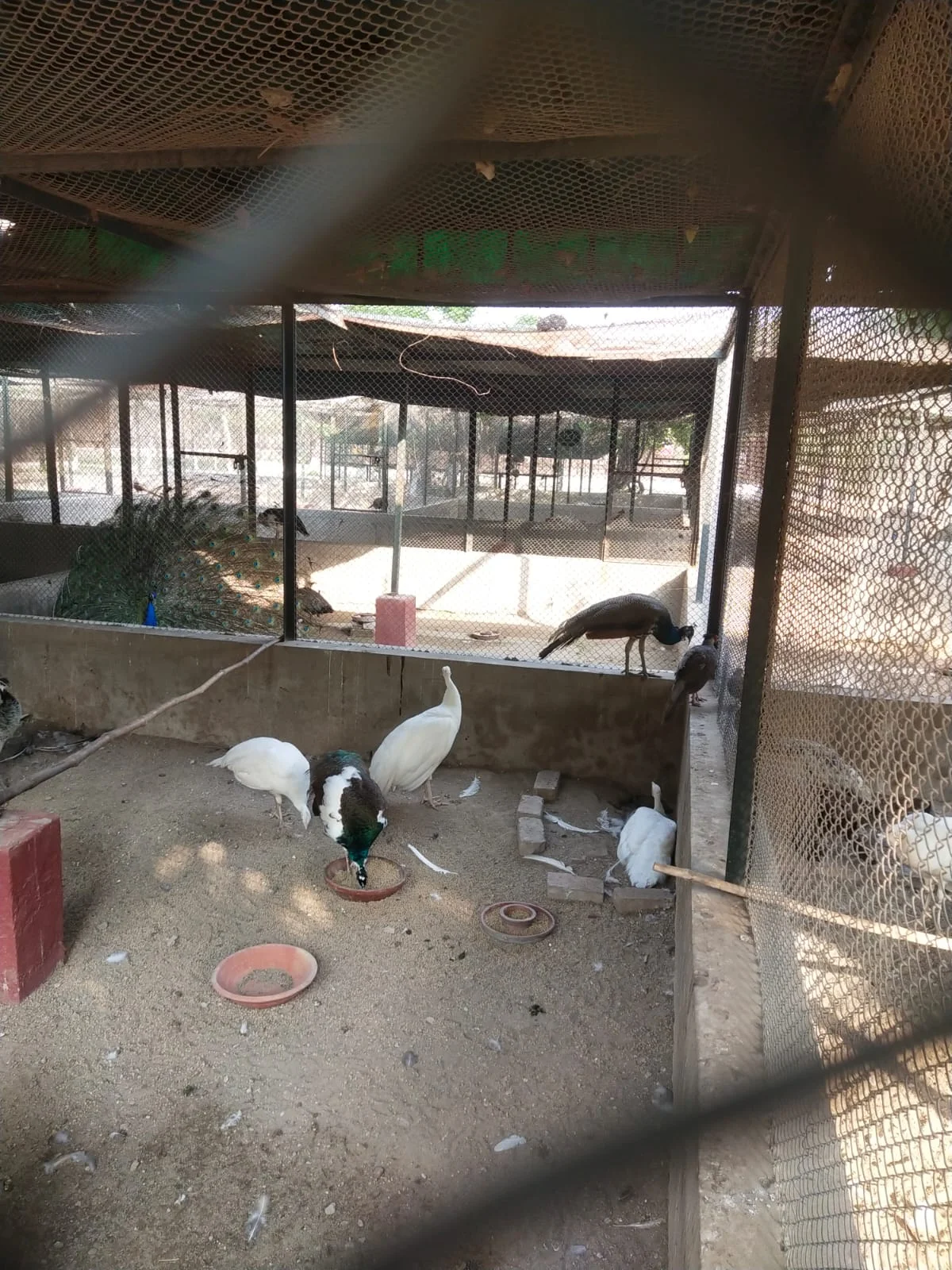
Habitat and Environmental Conditions
Peafowl are adaptable birds found in diverse habitats:
- Indian Peafowl: Thrives in open forests, grasslands, and cultivated areas across India, Pakistan, and Sri Lanka. They are often seen near human settlements and temples.
- Green Peafowl: Prefers dense forests and wetlands in Southeast Asia. They are more elusive and less frequently encountered than their Indian counterparts
- Congo Peafowl: Inhabits the dense tropical forests of the Congo Basin, where it remains relatively isolated and less studied.
These birds are typically found at elevations ranging from sea level to about 2,000 meters, depending on the species. They prefer areas with access to water and ample vegetation.
Diet and Feeding Habits
Peafowl are omnivorous and have a varied diet: Plant Matter: They consume seeds, fruits, flowers, and leaves.
- Insects and Small Animals: Their diet includes insects, small reptiles, and mammals.
- Cultivated Crops: In agricultural regions, they may feed on crops like groundnuts, tomatoes, and bananas.
Peafowl forage in the early morning and late afternoon, often forming small groups. They are ground feeders but can fly short distances to escape predators.
Breeding and Reproduction
Peafowl exhibit fascinating breeding behaviors:
- Mating System: They are polygynous, with one male mating with multiple females.
- Courtship Display: Males perform elaborate displays by fanning their iridescent tail feathers and producing a series of calls to attract females.
- Nesting: Females build nests on the ground, often in dense vegetation.
- Eggs: A typical clutch consists of 3 to 8 eggs, though some females may lay up to 12.
- Incubation: The female incubates the eggs for approximately 28 days.
- Chick Development: Upon hatching, chicks are precocial, meaning they can walk and feed themselves shortly after birth.
The breeding season is often linked to the monsoon rains, with peak activity varying by region.
Temperature and Climate Preferences
Peafowl are adapted to warm climates:
- Temperature Range: They thrive in temperatures ranging from 20°C to 35°C.
- Humidity: Moderate humidity levels are preferred, especially for breeding.
- Cold Tolerance: While they can tolerate brief periods of cooler temperatures, prolonged cold can be detrimental, especially to young chicks.
- In captivity, maintaining an environment that mimics their natural habitat is crucial for their well-being.
Behavior and Social Structure
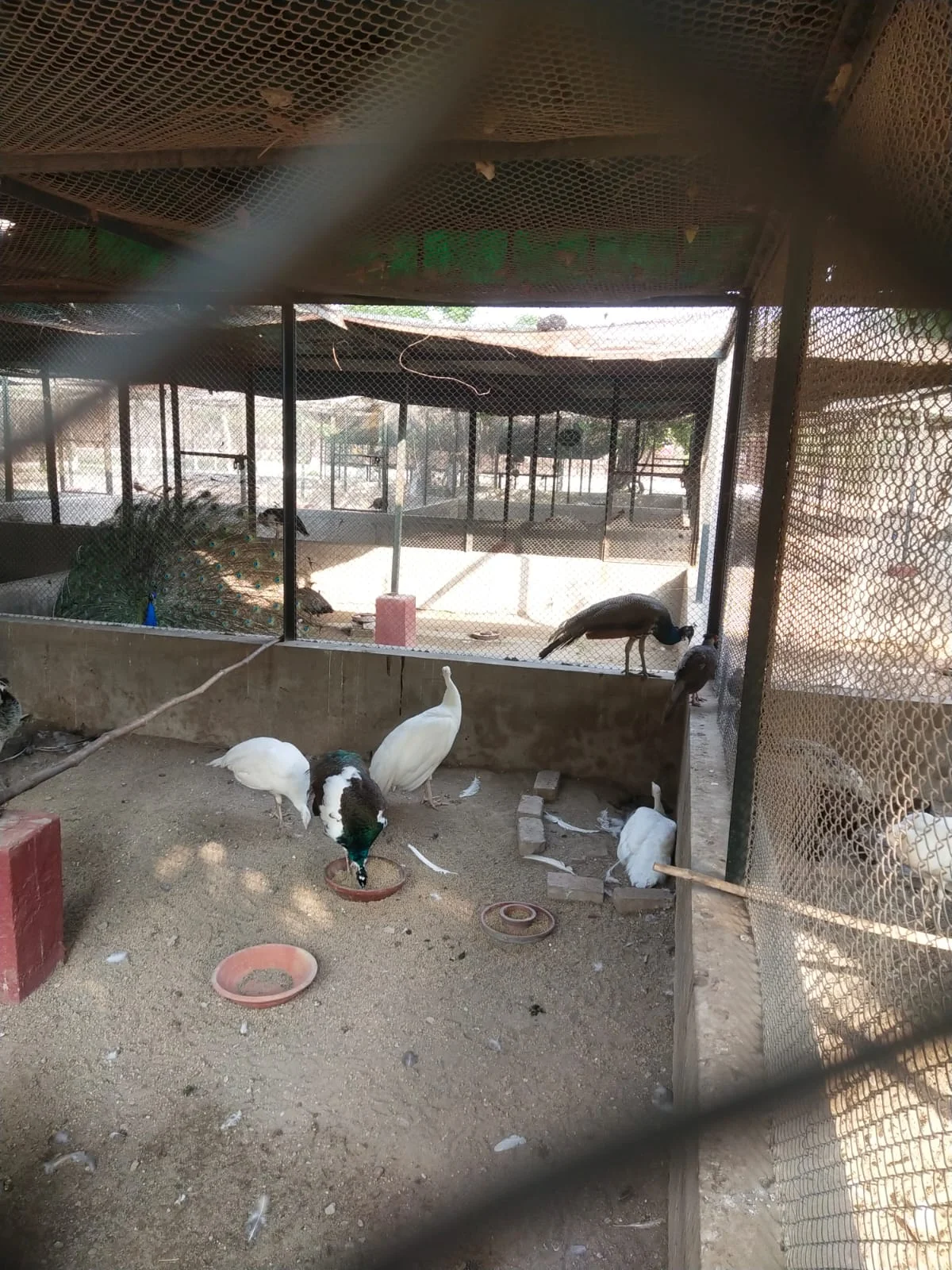
Peafowl are known for their complex social behaviors:
Flocking: Outside the breeding season, they form flocks, usually consisting of females and young males.
- Roosting: They roost in tall trees at night to avoid ground predators.
- Communication: Peafowl have a range of vocalizations, including alarm calls and mating calls.
- Territoriality: Males establish and defend small territories during the breeding season.
Their behaviors are influenced by environmental factors such as food availability and the presence of predators.
Predators and Threats
Despite their size and striking appearance, peafowl face several natural threats:
- Predators: Young chicks are vulnerable to predation by mammals and birds of prey.
- Habitat Loss: Deforestation and urbanization threaten their natural habitats.
- Human-Wildlife Conflict: In agricultural areas, peafowl may be considered pests due to crop damage.
Conservation efforts focus on habitat protection and mitigating human-wildlife conflicts.
Cultural Significance
Peafowl hold cultural and religious significance in various societies:
- India: The Indian peafowl is the national
India: The Indian peafowl is the national bird of India. It holds a special spiritual status in Hinduism, where it is associated with the goddess Saraswati and Lord Krishna. Due to its beauty, grace, and natural elegance, it is considered a significant symbol in Indian culture

